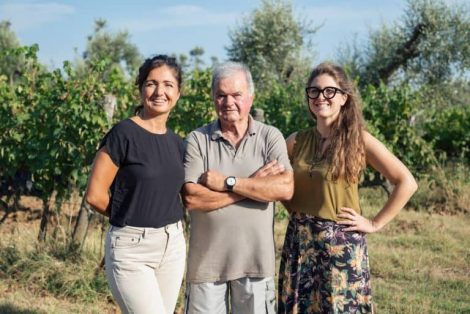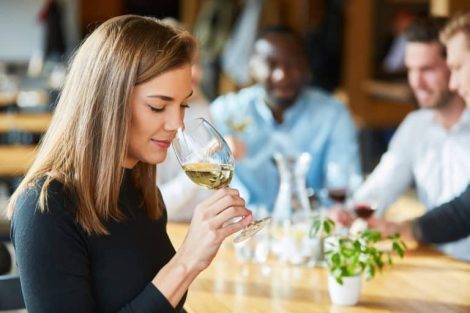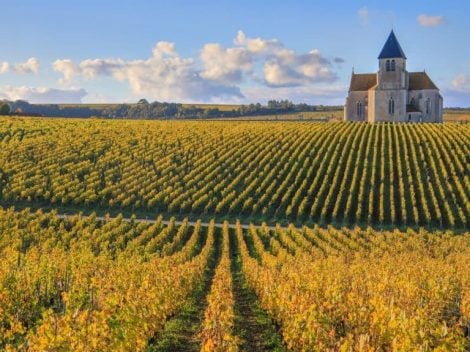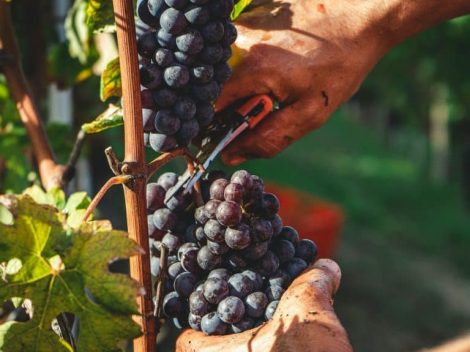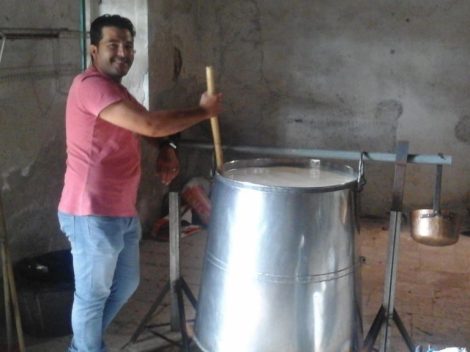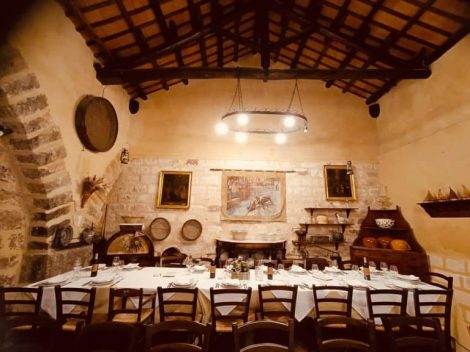Diwali and the sweets of India’s Festival of Lights
Geometric weaves of coloured powders, decorative toran hanging on doorways (traditional fabric decorations), candles everywhere and the intoxicating scent of sweet spices, almonds, sugar syrups perfuming the house. It is the festival of lights, of the deity Lakshmi, goddess of abundance, destiny and fertility, a celebration that falls every year on the 15th day of Kartika month of the Hindu calendar, between October and November, considered the most auspicious time of year. The lights in temples and homes this year will flicker on October 24th for Diwali, an event that honours the victory of good over evil, the triumph of light over darkness. And the whole country lights up, every garden, every house, building, shop, without forgetting the pastry shops, the most busy businesses at this time of year. The Indian tradition includes many celebratory sweets, the famous is mithai, made of dried fruit, flour, sugar, but also gold leaf and edible flowers. Beautiful, inviting sweets, small delicious morsels scented with precious spices. Worthy of a goddess!
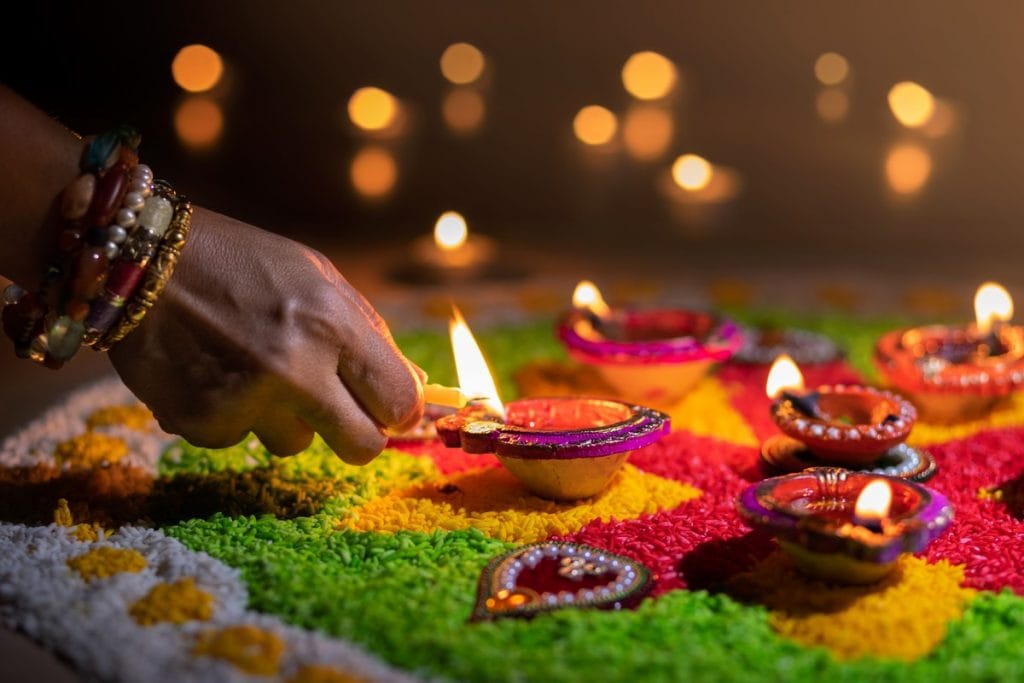
The typical sweets of Diwali
Pages and pages, entire cookbooks and papers have been written on the confectionery richness that distinguishes the festival of lights. There are many specialties prepared in the different territories, it is impossible to mention them all. Here, we have rounded up the top 10 unmissable ones to taste.
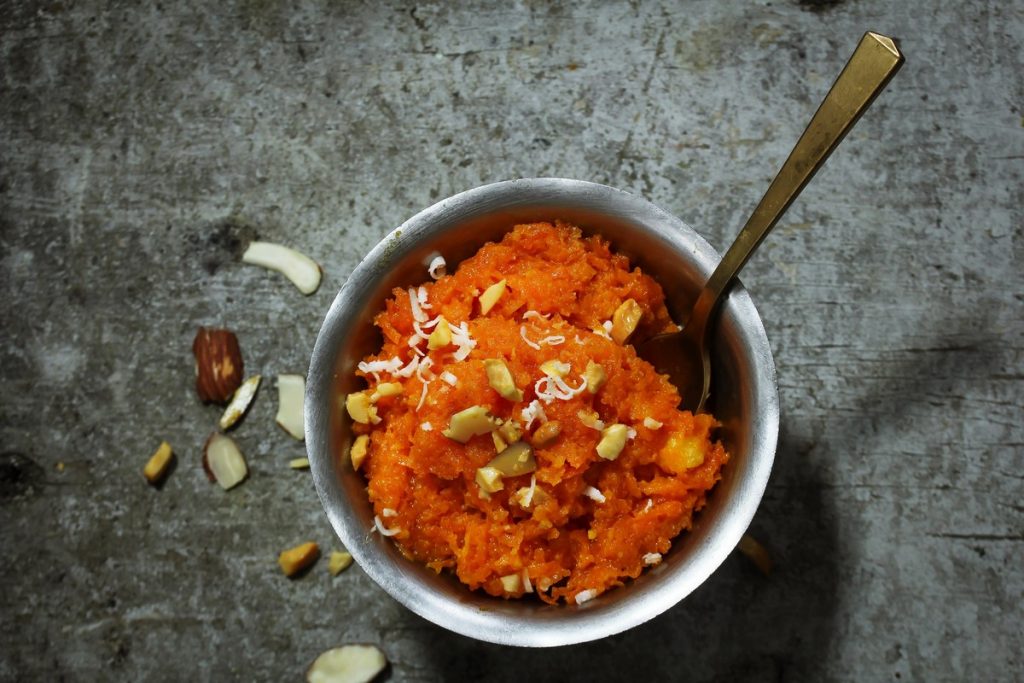
Halwa
Not to be confused with Middle Eastern halva, Indian halwa is a soft pudding usually made of semolina or carrots, prepared with a mix of ghee, water, sugar, spices and milk. Essential in Indian cuisine, ghee is an ingredient that is used in many preparations, so it is good to say a couple of words about its origins. Ghee is clarified butter - heated so that the water and milk proteins separate - born due to the high temperatures of the country, which in a pre-refrigeration past did not allow optimal conservation of classic butter. Clarified butter, on the other hand, lasted longer, so it entered by right in many recipes. It is also present in Hindu mythology, according to which Prajapati, lord of creatures, invented ghee simply by rubbing his hands, then throwing it into the flames and giving life to his offspring. It is for this reason that, even today, Hindus pour ghee into the fire as an auspicious sign during weddings or other special occasions.
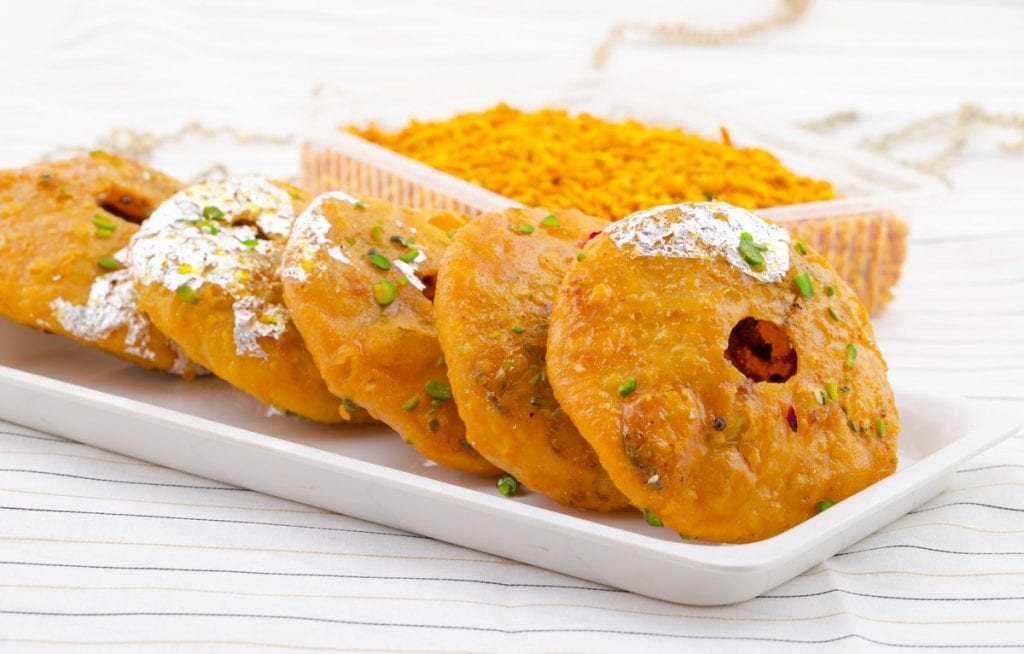
Mawa kachori
Typical fried and spicy street food, kachori also exists in a sweet version, and in this case it is called mawa kachori. A crispy bundle filled with dried fruit and mawa, dipped in a sweet syrup. But what is mawa? Also known as koha and shared with Nepal, Bangladesh and Pakistan, mawa is a dairy product made from whole milk, cooked until thick. A bit like ricotta, but less creamy, made with cow's milk or water buffalo's milk, a typical breed of Southeast Asia.
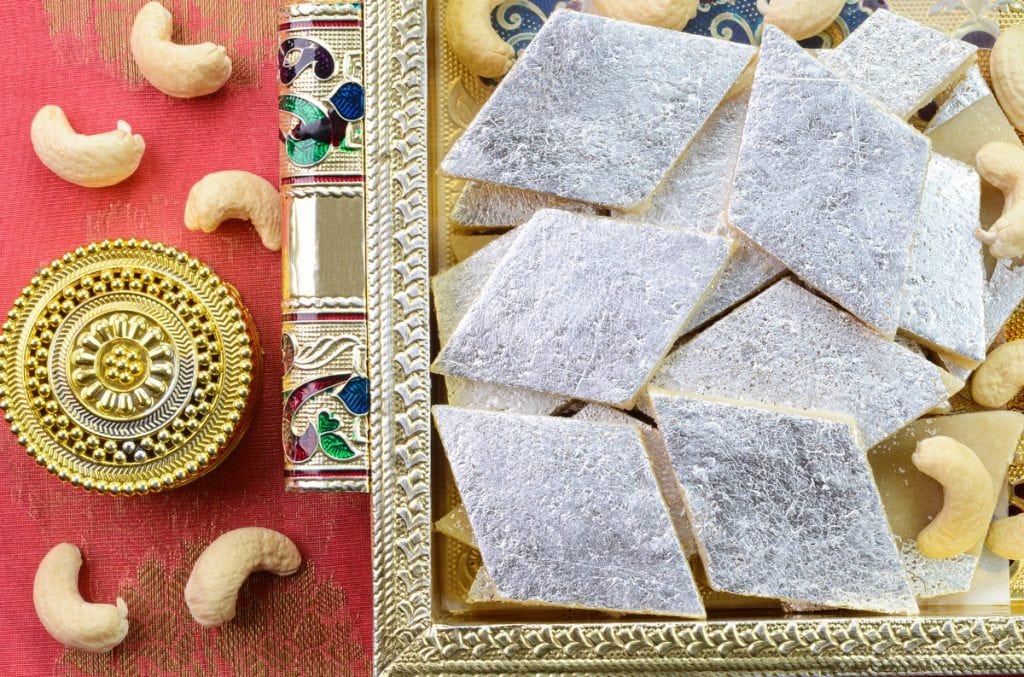
Kaju Katli
There is no Diwali in India without kaju katli, a delicacy made with cashews, sugar, cardamom powder and ghee, usually in the shape of a diamond. A small sweet jewel born at the time of the Mughal dynasty, when Emperor Jahangir had captured gurus of Sikhism, a monotheistic religion born in India in the XV century. One of the gurus in particular helped the others during their imprisonment, trying to make them as self-sufficient as possible: struck by this attitude, the emperor decided to free the guru and anyone who managed to cling to his tunic. In secret, the guru had a long enough robe sewn that everyone could hold onto. As a token of appreciation, Jahangir's chef first prepared the thickened milk and cashew cake, an early form of kaju katli.
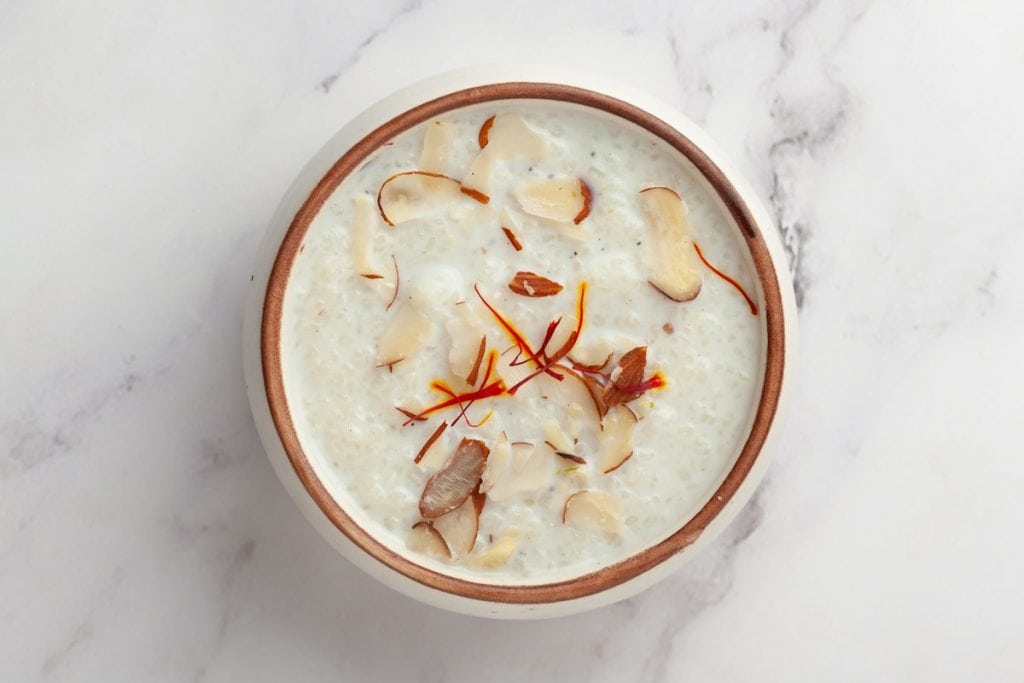
Payasam
Kheer in the north of India, payasam in the south: in any case, we are talking about a rice pudding popular throughout the country. The name derives from payas, milk, one of the main ingredients together with sugar and rice. An ancient legend is told about the origin of the recipe. One day, an old sage in the form of Krishna - the earthly incarnation of the god Vishnu, protector of the world - challenged the king of the city of Ambalapuzha to a game of chess. The king was passionate about the game and he promised the sage whatever he wanted in case of victory. The old sage asked simply for rice, but on one condition: the king had to place a grain of rice on each square of the board, doubling the number of grains in each. The sage won the match and so the king began to place the rice in ever increasing numbers; eventually, Krishna revealed his identity and asked the king to offer rice pudding to all pilgrims visiting his temple in the city.
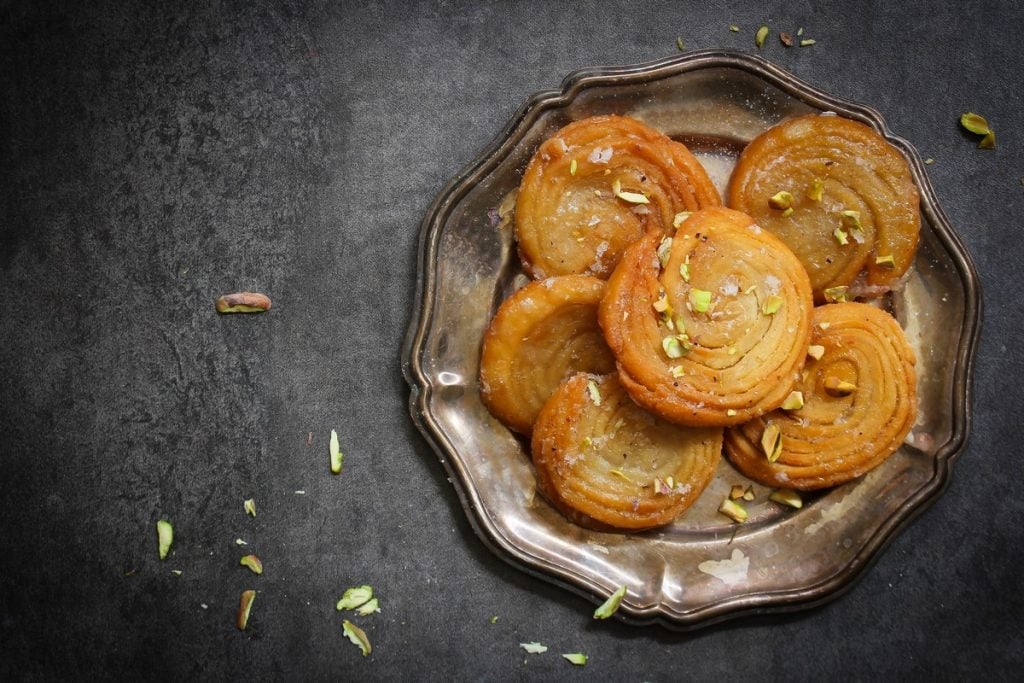
Chirote
Especially famous in the western Indian state of Maharashtra, chirote is a must-have treat during celebrations. It is a light pastry shell, a series of concentric circles of delicate dough, covered with cardamom syrup or flavoured icing sugar. It is prepared with simple flour, or a mix of flour and semolina, and then fried in ghee.
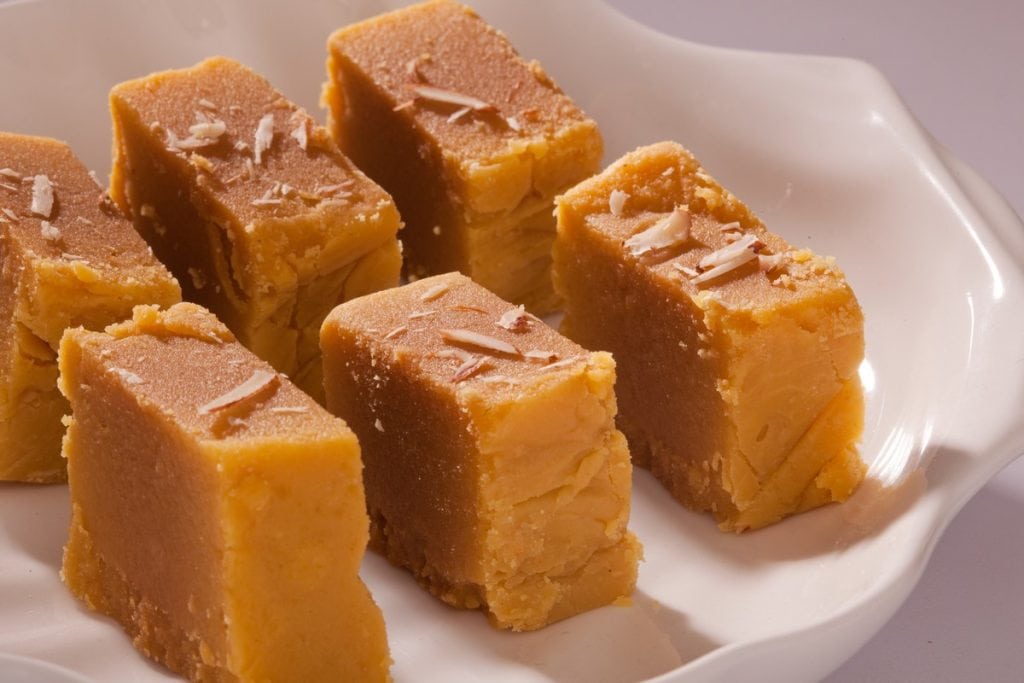
Mysore pak
Krishnaraja Wodeyar was the maharaja of the city of Mysore in the 1930s, a greedy ruler with high expectations: he loved organising original and extravagant banquets for the royal family. One day, his chef Kaksura Madappa was running out of ideas for dessert and, having to prepare something good in no time, he combined the simplest ingredients he had available: ghee, chickpea flour and sugar, thickened to become a sweet syrup, which he served on the plate. At the end of the meal, however, the cake had thickened and when the king ate it, it melted in his mouth. Enthusiastic, he asked the cook for the name of the recipe, which was renamed Mysore Paka ("Mysore sweet concoction"), then shortened to pak. This is the folk tale handed down to this day about the birth of Mysore pak, a sweet served on all special occasions, often flavoured with cardamom, rose or other essences.
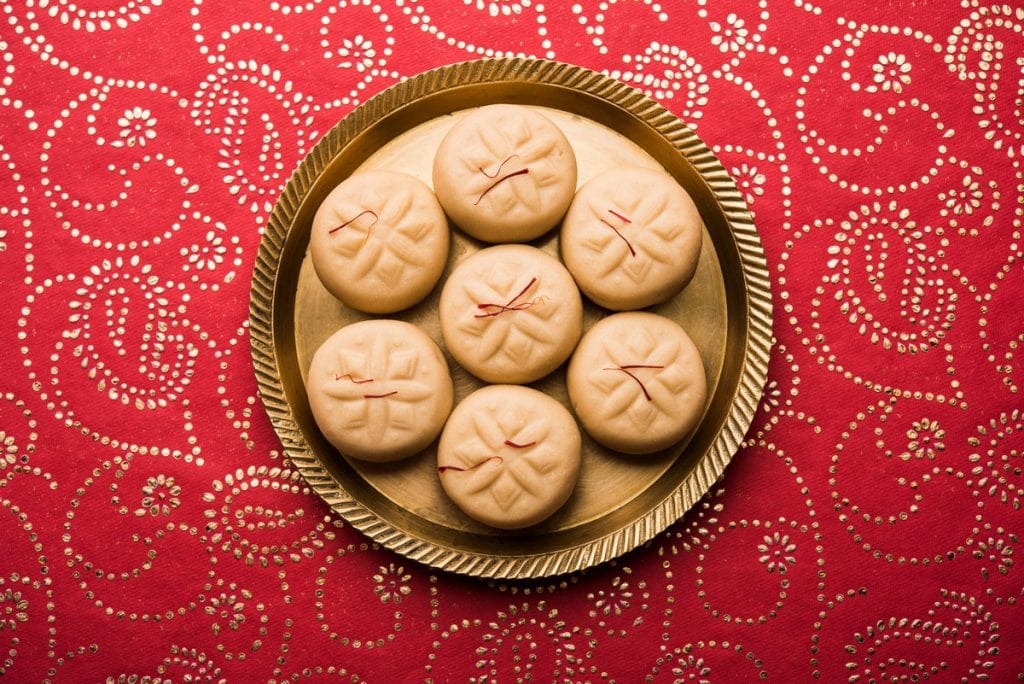
Peda
Among the pillars of Indian pastry is peda, soft and delicate sweets originating from Uttar Pradesh in northern India, but widespread almost everywhere. These are prepared with koha (or mawa, dairy product made with thickened milk), sugar, dried fruit and cardamom, but there are many variations: kesari peda, for example, is scented with saffron, or dharwad peda, with a darker colour and sprinkled with sugar. In any case, peda are always round in shape, soft and slightly flattened in the centre.
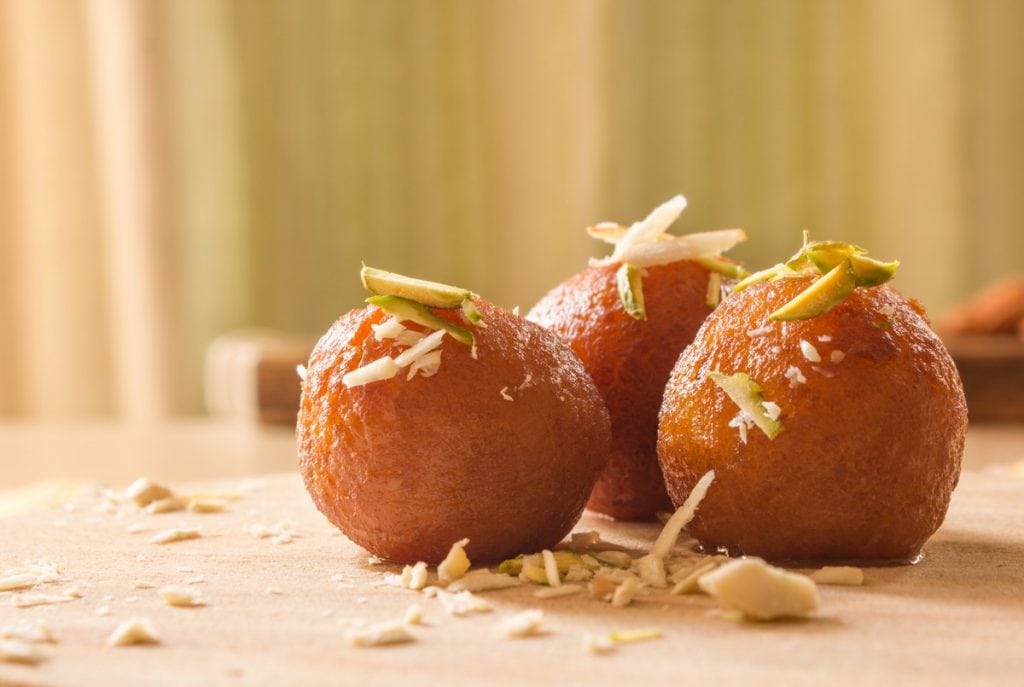
Gulab jamun
Once you discover the meaning of the name, it is easy to understand the flavour of this dessert: gulab means rose, while jamun indicates an oval-shaped fruit, dark in colour similar to a grape. The recipe is made with mawa and flour, two simple ingredients kneaded together and then shaped into small spheres, to be fried in clarified butter or oil. Finally, these sweet balls are dipped in a sugar syrup flavoured with cardamom, rose or saffron, which colours the delights in a beautiful bright yellow.
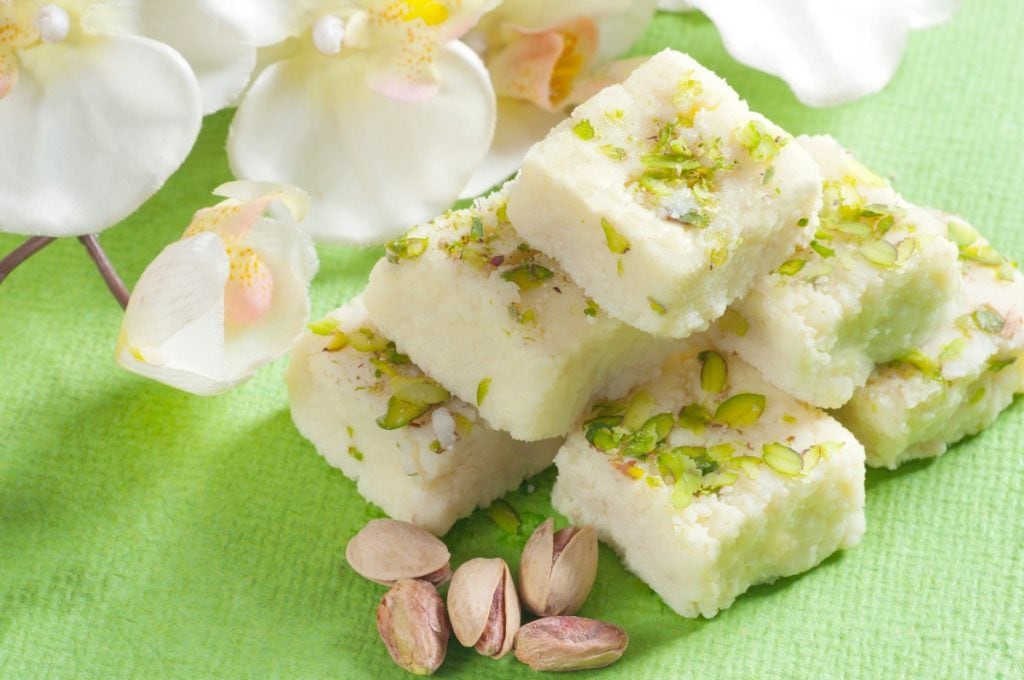
Kalkhand
Punjab and Rajasthan compete for the paternity of this milk tart, a cube with a melty and moist texture, halfway between a soft cake and fudge. The procedure to prepare it is simple, only a little patience with cooking times is required: it is necessary, as a matter of fact, to reduce the milk flavoured with cardamom together with sugar for hours, until it solidifies. Once ready, it can be covered with chopped pistachios or other nuts.
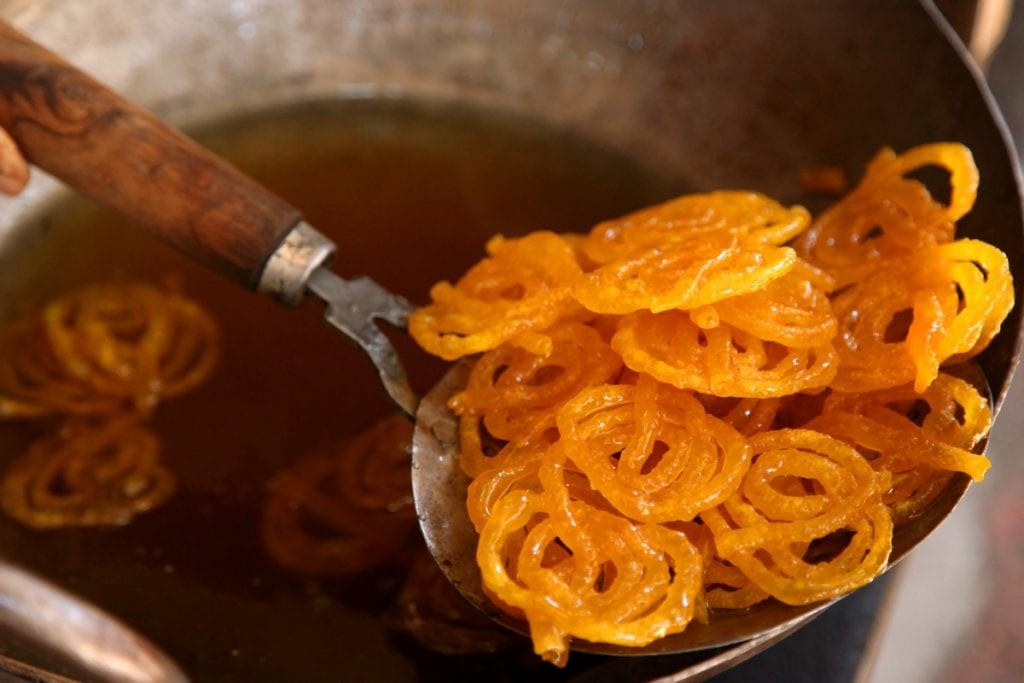
Jalebi
Finally, a taste of jalebi is a must. This is one of the most popular sweets in India, made with maida flour (a typical fine-grained variety) and saffron: fried dough spirals covered with sweet syrup, crunchy on the outside and soft on the inside. These are often served with rabri, a thick cream made with milk, sugar, cardamom and nuts. According to many, jalebi is an evolution of zalabiyeh, a pancake typical of Middle Eastern countries, generally round in shape, introduced in India in mediaeval times and immediately becoming a typical product of local village festivals.
by Michela Becchi

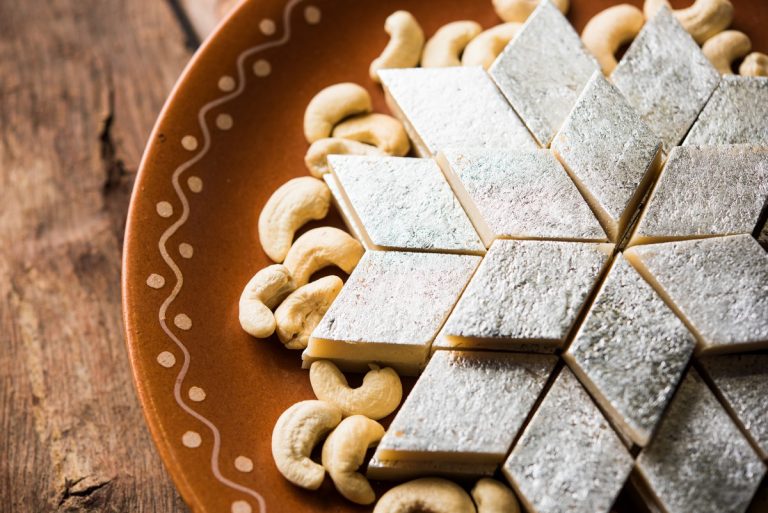
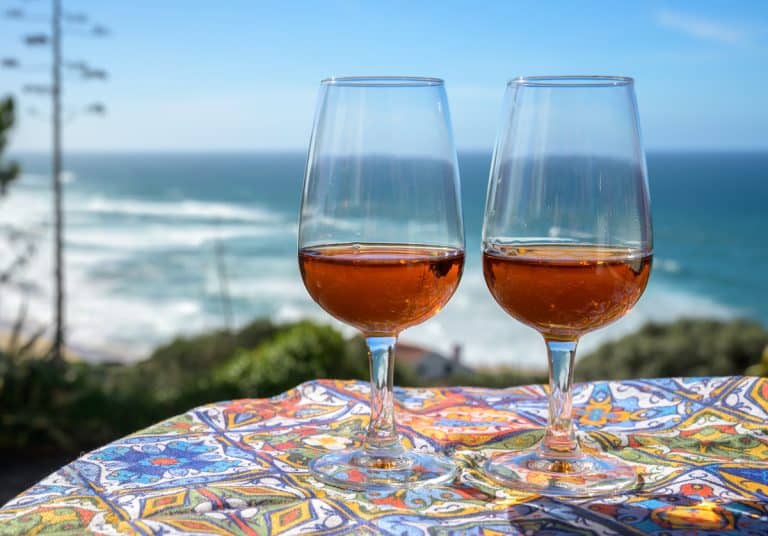 The irresistible charm of oxidative wines: the diaries of a Master of Wine
The irresistible charm of oxidative wines: the diaries of a Master of Wine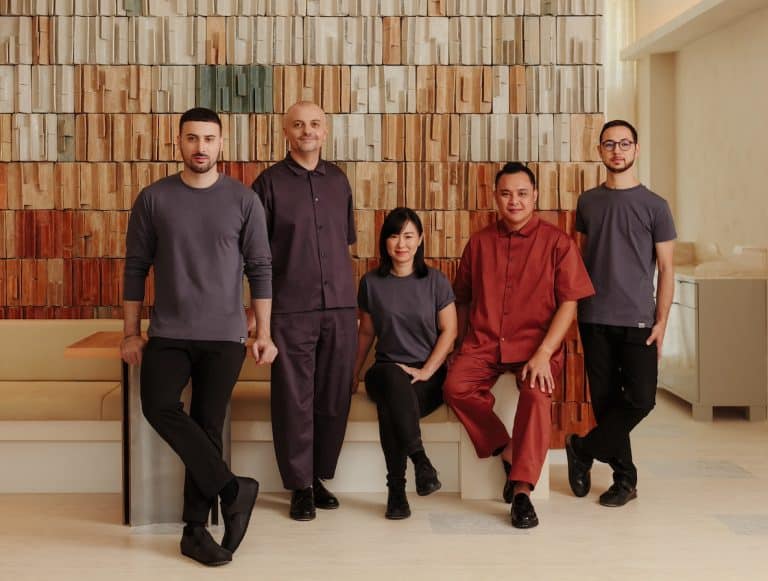 "A Puglian cuisine without orecchiette or traditional dishes": Somma in Singapore explores the fine dining of the future
"A Puglian cuisine without orecchiette or traditional dishes": Somma in Singapore explores the fine dining of the future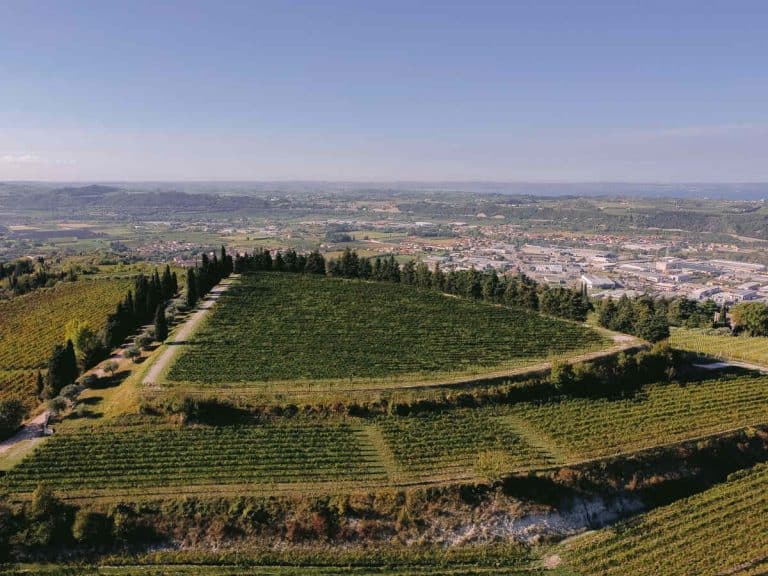 Here's how Valpolicella is evolving through the journey of an iconic wine
Here's how Valpolicella is evolving through the journey of an iconic wine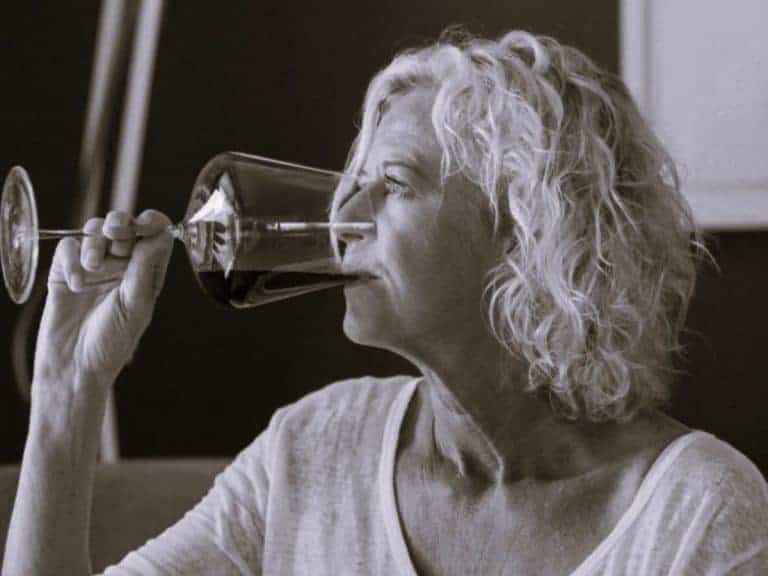 "Chenin Blanc will be the new Chardonnay": Interview with Master of Wine Madeleine Stenwreth
"Chenin Blanc will be the new Chardonnay": Interview with Master of Wine Madeleine Stenwreth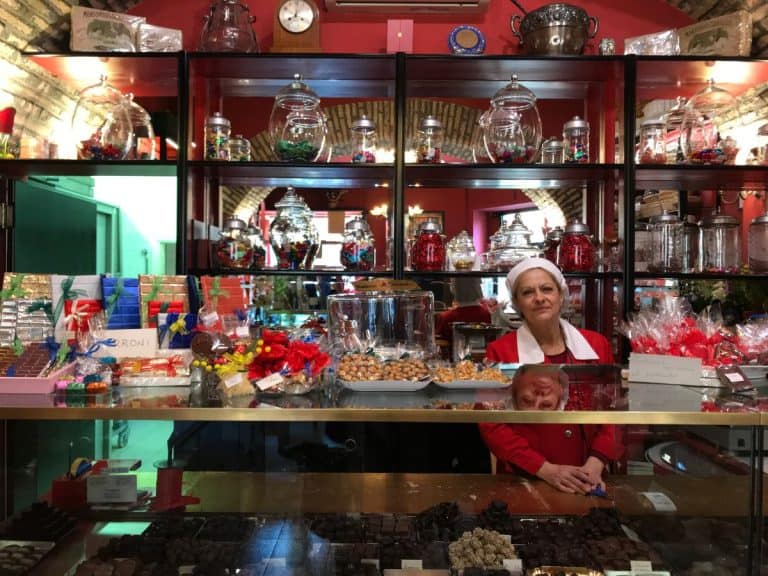 The ancient chocolate factory hidden in the alleys of Rome
The ancient chocolate factory hidden in the alleys of Rome